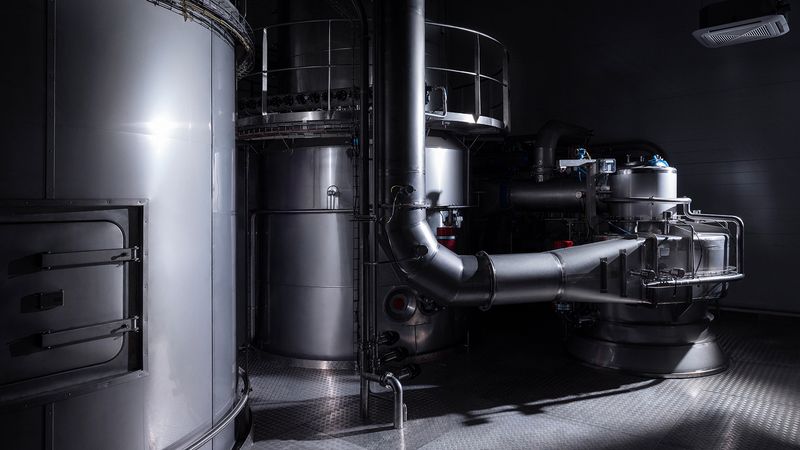

Research on milling pulses aims to create tailored flours for innovative, sustainable food products
The pulse-based food market, which includes chickpeas, lentils, beans, and peas, is expanding, with innovative uses beyond traditional dishes like bean salads and hummus. Today, these legumes are being incorporated into a variety of products, from vegan meats to brownies and salad dressings. Researchers such as Chitra Sivakumar are helping to drive this growth by studying the specific properties of pulse flours to enhance their functionality.
Sivakumar, who completed her doctoral research on pulse flours at the University of Manitoba's Grain Storage Research Lab under Dr Jitendra Paliwal, aims to develop flours that are tailored for specific food products. "My research focuses on creating a flour that works best for a particular application," she said. Her work explores how the micro-properties of milled pulse flours—such as particle size, protein, and starch content—affect the quality of the final product. While rice and wheat flours have been studied extensively and their milling processes are well-established, pulse flours have not received the same attention, making Sivakumar’s research an important step forward.
Sivakumar and her team analyzed more than 60 pulse flours derived from four different legume crops to understand how milling processes affect their properties. Using the Canadian Light Source (CLS) at the University of Saskatchewan, a synchrotron light source that provides detailed imaging, they were able to study how starch and protein are mixed during milling, the level of damage the grains experience, and the texture of the resulting flour. This advanced technology allowed the researchers to look at the size and distribution of milled particles in detail, offering a deeper understanding of the flour's structure.

The results of this research have practical implications for both food production and agriculture. By understanding how different pulse varieties behave during milling, Sivakumar’s findings can inform agricultural decisions about which crops are best suited for specific food applications. The insights into milling processes can also help improve how pulse flours are produced, ensuring they meet the needs of food manufacturers.
The growing interest in pulse-based foods is driven by their nutritional benefits and positive environmental impact. Pulses, such as beans and lentils, are high in fiber and protein, making them an attractive alternative to animal-based proteins. They are also beneficial to the environment, as Pulse Canada estimates that growing 10 million acres of pulses can capture 4.1 million tons of CO2 emissions annually, which is equivalent to the emissions from about 1.2 million passenger vehicles. As more consumers look to plant-based proteins for both health and environmental reasons, the demand for pulse-based food products is expected to continue to rise.
However, despite the growing interest, there are still limited options for pulse-based products in grocery stores. Sivakumar points out that while many consumers want to switch from animal-based to plant-based proteins, they often do not have enough choices available. Her research aims to help change this by improving the functionality of pulse flours, making it possible to create a wider range of pulse-based food products that meet consumer needs.
Using the CLS facility has been a key advantage in Sivakumar’s work. She is pleased with the high resolution and accuracy the technology provides, allowing her to gain a clearer understanding of pulse flour properties. "The ability to examine the flour at such a detailed level is extremely valuable," she said.
If you have any questions or would like to get in touch with us, please email info@futureofproteinproduction.com






